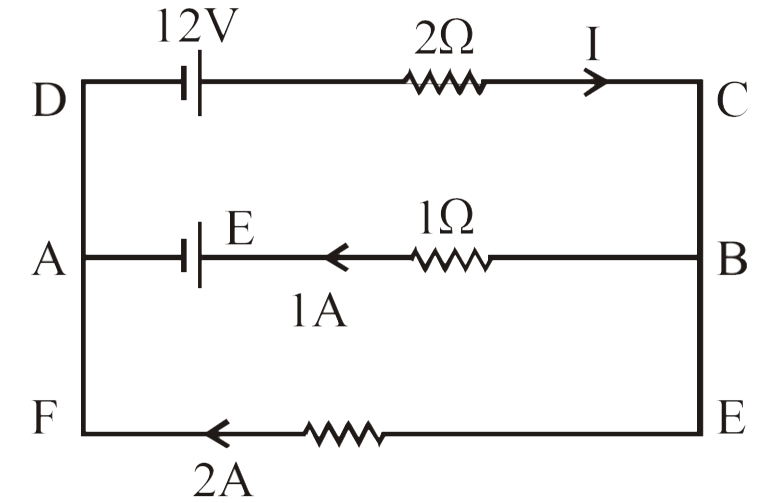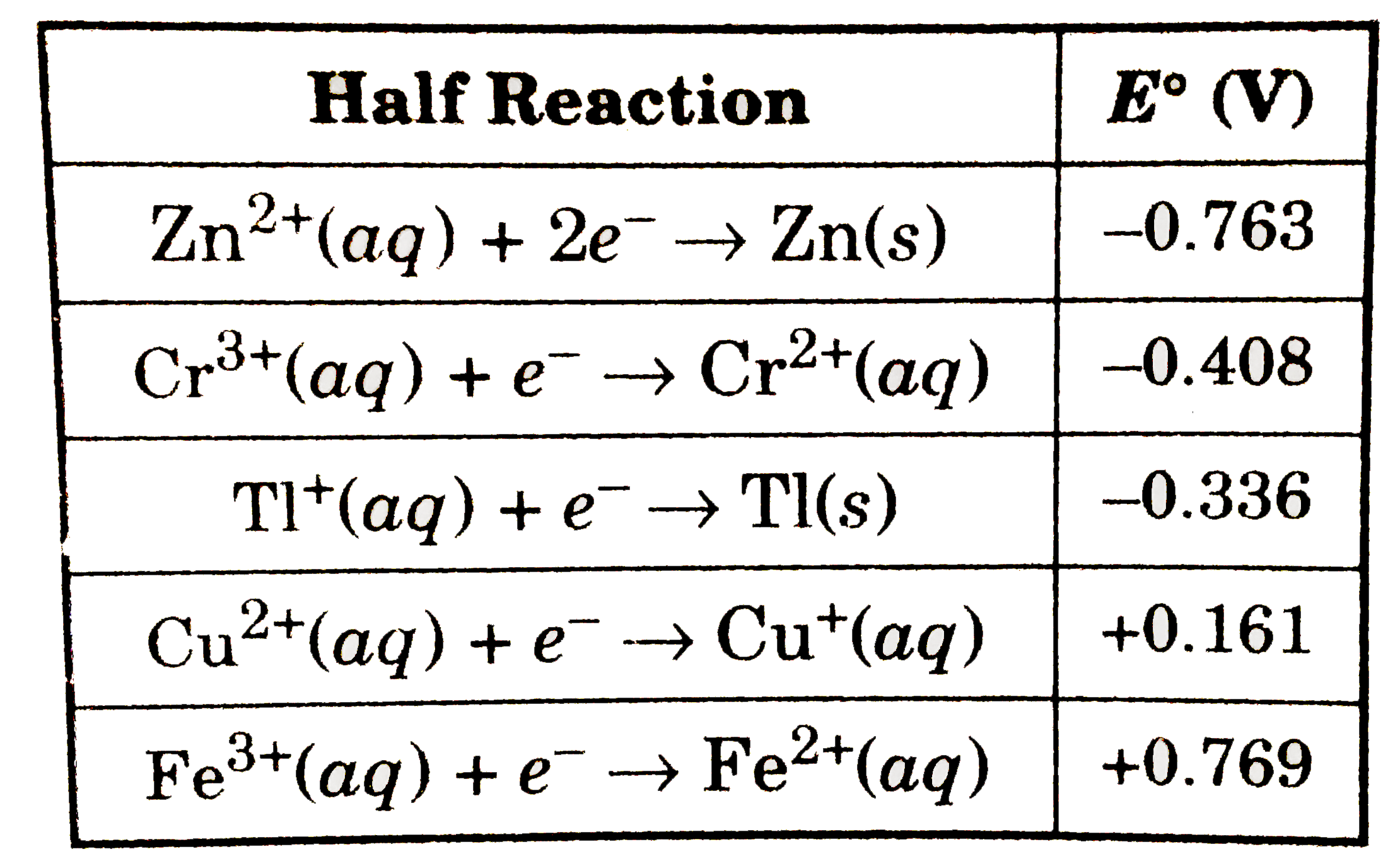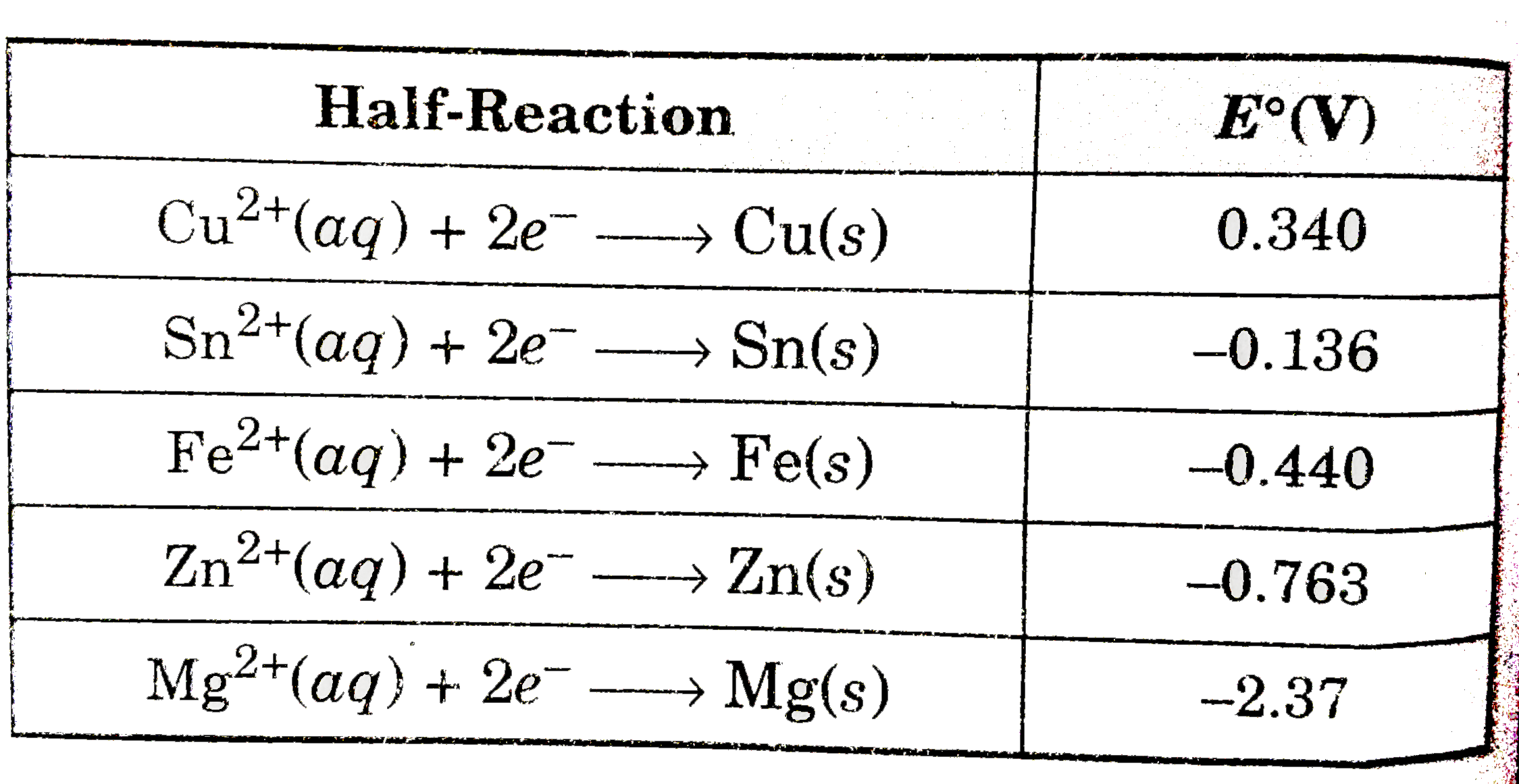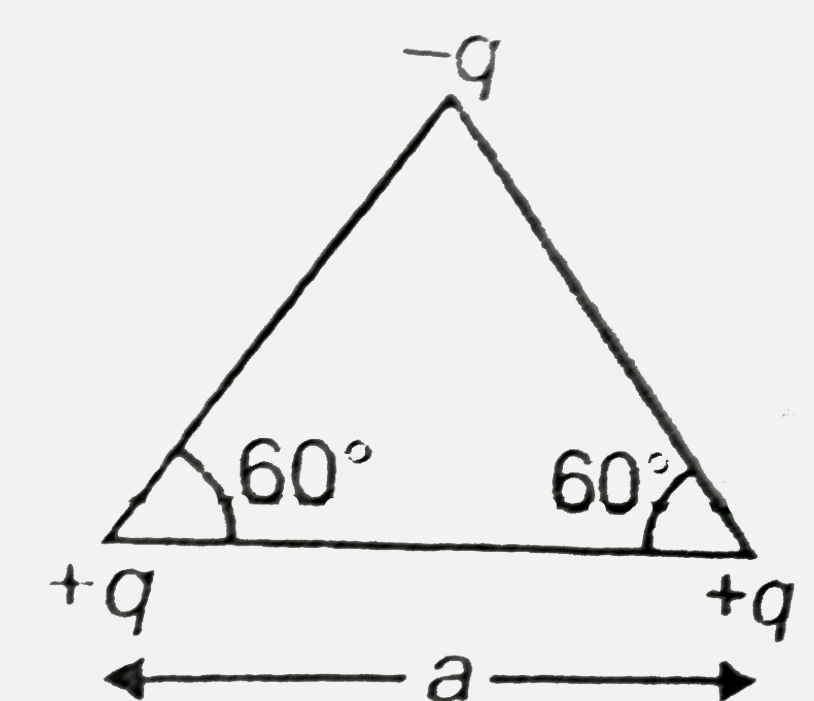
consider the standard reduction potentials (in volts) as shown in figure Find E∘
A
−0.326V
B
−0.425V
C
−0.756V
D
−0.512
Video Solution
Text Solution
The correct Answer is:C
SO2−4+2e→SO2−3 E∘=−0.936SO2−3+2e→12S2O2−3 E∘=−0.576−−−−−−−−−−−−−−−SO2−4+4e→12S2O2−3
E∘=−2×0.936−2×0.5764=−0.756V
|
Topper's Solved these Questions
- ELECTRO CHEMISTRYBOOK - NARAYNACHAPTER - ELECTRO CHEMISTRYEXERCISE - SUBJECTIVE QUESTIONS
48 Videos
- ELECTRO CHEMISTRYBOOK - NARAYNACHAPTER - ELECTRO CHEMISTRYEXERCISE - LEVEL-V
67 Videos
- 15TH GROUP ELEMENTSBOOK - NARAYNACHAPTER - 15TH GROUP ELEMENTSEXERCISE - EXERCISE - 4 (NCERT EXEMPLERS/HOTs)
27 Videos
Similar Questions
Knowledge Check
Standard reduction potential is calculated at
A27∘CB25∘CC0∘CD100∘CStandard reduction potential of an element equal to
A+1× its reduction potentialB−1× its standard oxidation potentialC0.00VD+1× its standard oxidation potentialWhich statement about standard reduction potentials is correct?
AE∘H−/H2 gt 0BE∘D1/D2 lt 0CA redox reaction is feasible if sum of SRP of oxidant and that of reductant is a positive quantityDK2Cr2O7 is stronger oxidising agent than KMnO4 in acidic medium
Find emf E of the cell as shown in figure.

View Solution
Use the standard reduction potentials to find the standard cell potential E∘, for the reaction:
Zn(s)+2Tl+(aq)→Zn2+(aq)+2Tl(s)
View Solution
According to the standard reduction potentials above, cathodic protection of iron can be achieved by:
View SolutionWhich defines the standard reduction electrode potential of Zn2+ ions
View SolutionThe emf of the cell Zn∣∣Zn2+(1M)∣∣∣∣Cu2+∣∣Cu(1M) is 1.1 volt. If the standard reduction potential of Zn2+∣Zn is -0.78 volt, what is the standard reduction potential of Cu2+∣Cu
View Solution
